Failure to pierce your nail can result in a subungual hematoma, a bruise beneath the nail bed. An ingrown toenail may lead to infection, marked by pus and a foul odor if not treated. Severe cases can cause nail loss and painful toe-tip swelling.
You should start with clean, paint-free, and buffed nails to pierce your nails. A unique nail driller is available in nail art stores which professionals use to pierce nails. Getting a professional to do it for you is advisable to avoid complications.
In this article, we will guide you through the steps of how to do nail piercing and provide you with all the necessary information you need to get started.
How to Do Nail Piercing: 5 DIY Steps

Nail piercing offers a stylish solution. A professionally done nail piercing can add a subtle yet trendy detail to your nail art. We will explore the step-by-step process for nail piercing to achieve the perfect result.
Step 1: Grooming Your Nails
Before proceeding with nail piercing, it is essential to properly groom your nails to ensure a clean and healthy base. Follow these three simple steps to groom your nails:
Cleansing Your Nails
Begin by washing your hands and nails with soap and warm water. Scrub your nails thoroughly to eliminate any dirt, oil, or bacteria that could interfere with the piercing process.
Filing Your Nails
Next, use a nail file to shape your nails to your desired length and shape. Avoid filing too vigorously, as this could weaken the nail and cause it to chip or break.
Moisturizing Your Nails
Lastly, apply a moisturizer or cuticle cream to keep your nails and cuticles healthy. This step is crucial as it helps your nails stay hydrated and prevent any irritation from the piercing process.

Step 2: Polishing Your Nails
Once you have groomed your nails, the next step is to polish them. Follow these two steps to achieve a perfect polish:
Choosing Nail Polish
Choose your favorite nail polish color or design to complement your pierced nails. When selecting a nail polish product, ensure it is of high quality to prevent chipping or fading.
Applying Nail Polish
Apply two or three thin coats of nail polish, waiting for each coat to dry before applying the next one. This will give you a smooth and vibrant finish that will last.
Step 3: Creating the Tiny Hole
The next step is creating a small hole through your nails. Follow these two steps for successful piercing:
Marking the Spot
Using a sterile marker, carefully mark the desired location on your nail where you want the piercing to sit. Measure the distance from one side of the nail to the other so the piercing looks symmetrical.
Drilling the Hole
Drill through your nail at the marked spot using a sterile nail drill or needle. Do not apply too much pressure, which could cause the nail to crack. Gently rotate the training or hand to create a small hole in your nail.
Step 4: Equipping the Accessory

Once the hole is drilled, it's time to insert the jewelry. Follow these two steps:
Choosing the Right Accessory
Choose the size and shape of the piercing that suits your style and comfort. Ensure that the jewelry is of high quality and appropriate for nail piercing.
Inserting the Jewelry
Gently insert the jewelry through the hole until it sits comfortably on your nail without causing pain or discomfort. Secure the jewelry in place with a small bead or screw.
Step 5: Finishing Touches
Now that your nail piercing is complete follow these two steps:
Cleaning Up
Using a sterile cotton ball, clean the pierced area with an antiseptic solution to prevent infection.
Taking Care of Your Pierced Nails
Take regular care of your pierced nails by moisturizing them and avoiding aggressive behavior, such as biting or exposing them to harsh chemicals. With proper care, your nail piercing will last for weeks and add a unique touch to your style.
Materials Needed
When it comes to nail piercing, having suitable materials is essential. We will discuss the required materials, including the nail piercing kit, jewelry, and accessories. Let's dive in and learn more about each item:

Nail Piercing Kit
The nail piercing kit is the most critical item required for nail piercing. It contains all the tools necessary to create stunning nail art. The kit should come with the following:
- Piercing Tool: A specialized needle with a sharp tip that is used to make the hole in the nail.
- Cork: A cork is used to rest your finger while piercing. It helps to keep your hand steady and prevents any accidental injuries.
- Ring Holders: These small devices hold your rings in place while piercing your nails. They keep the ring from sliding around and help to keep the hole straight.
- Alcohol Swabs: These swabs are used to sanitize the piercing area before and after cutting.
Jewelry and Accessories
Once you have your nail piercing kit, it's time to think about the jewelry and accessories that you want to use. Here are some things to keep in mind:
- Size: Make sure that the jewelry you choose fits the size of the hole you are making. If the jewelry is too big or small, it can cause discomfort and damage your nails.
- Material: Consider the materials of the jewelry. You want to ensure they are safe for your skin and won't cause allergic reactions.
- Style: Choose jewelry and accessories that fit your style. Various options are available, including studs, hoops, and chains.
Nail Piercing: 3 Safety Tips

Proper safety precautions are essential to ensure the piercing process is safe and hygienic. Neglecting safety precautions can lead to nail infections, which can be painful and challenging to treat. We will discuss the importance of sanitization, proper equipment, and avoiding nail infection.
The Importance of Sanitization
Nail piercing and keeping your equipment and workspace clean are essential. Here are some key tips to keep in mind for sanitization:
- Wash your hands thoroughly with soap, and warm water before starting any piercing process.
- Clean and disinfect all tools and equipment before using them. This can quickly be done by using rubbing alcohol or hydrogen peroxide.
- Never share your piercing tools with others, even if they appear clean. Sharing tools can increase the risk of cross-contamination and the transmission of harmful bacteria.
- Avoid touching your face, hair, or other body parts during the piercing process, as this can transfer bacteria from one area to another.
- Consider wearing disposable gloves during the piercing process to reduce the risk of cross-contamination further.
Proper Equipment
The second safety precaution to remember when nail piercing is the use of proper equipment. Here are some essential tips to keep in mind:
- Make sure that you are using high-quality piercing needles and jewelry. Cheap or poorly made equipment can break or become dull, creating a greater risk of infection or injury.
- Consider purchasing a piercing kit with all the necessary tools and equipment in one convenient package. This can make the process less stressful and ensure you have everything you need.
- Always follow the instructions that come with your equipment closely. Improper use of piercing needles or jewelry can cause extensive damage to your nails or skin and may even result in more severe injury.

Avoiding Nail Infection
One of the most important safety precautions to follow is preventing infection. Keep these tips in mind:
- Keep your piercing site clean and dry at all times. This can help prevent the growth of bacteria and reduce the risk of infection.
- Avoid exposing your piercing site to dirty or unsanitary conditions, such as contaminated water or unsanitized surfaces.
- If you notice any signs of infection, such as redness, swelling, or pain, seek medical attention immediately. A condition left untreated can quickly escalate and cause serious health complications.
Conclusion
Nail piercing is a fun and innovative way to make your nails stand out. By following the steps we’ve outlined, you’ll be able to achieve a flawless and attractive nail piercing. Not only is it a great way to express your style, but it’s also incredibly easy to do with suitable materials and techniques.
While nail piercing has its risks, by taking the necessary safety precautions, you can mitigate them and enjoy the experience fully. Remember to prioritize sanitization and choose the right equipment to avoid nail infections.
So, what are you waiting for? Give nail piercing a try, and let your creativity run wild! We hope this guide has inspired you to experiment with this exciting trend.




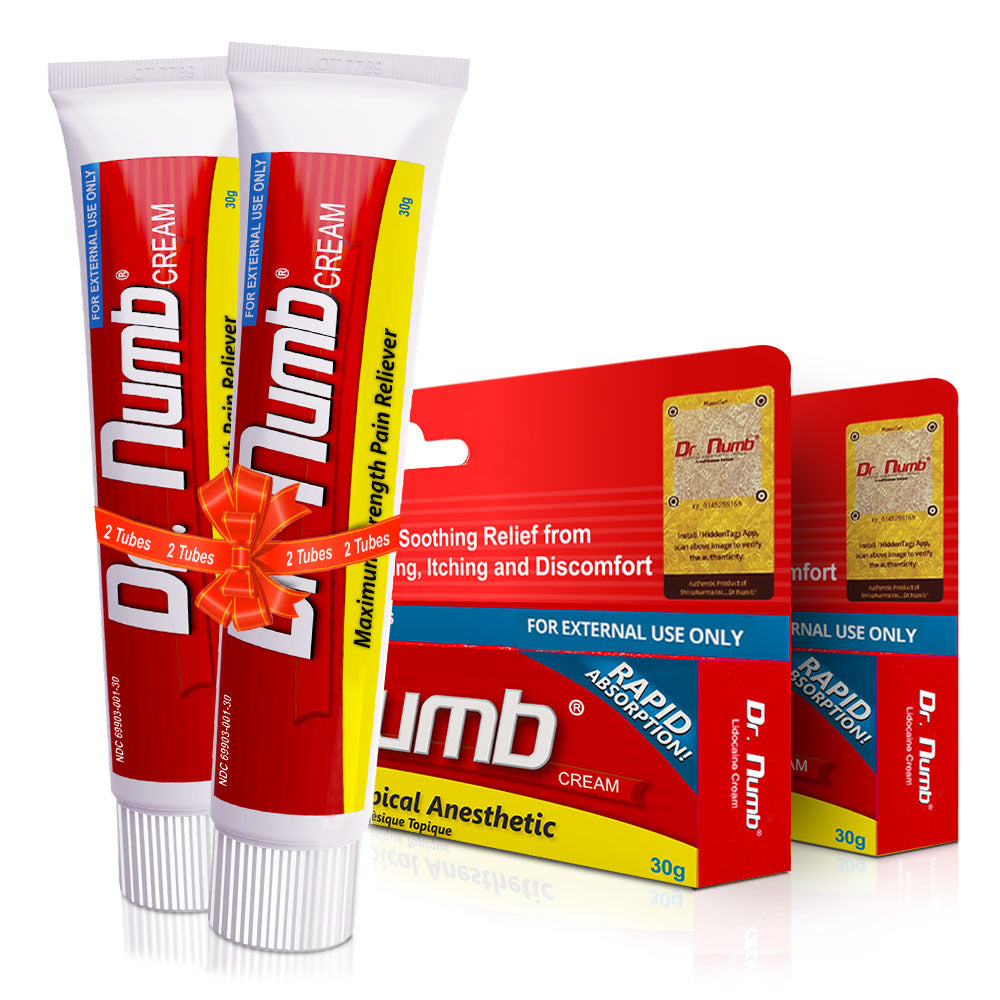

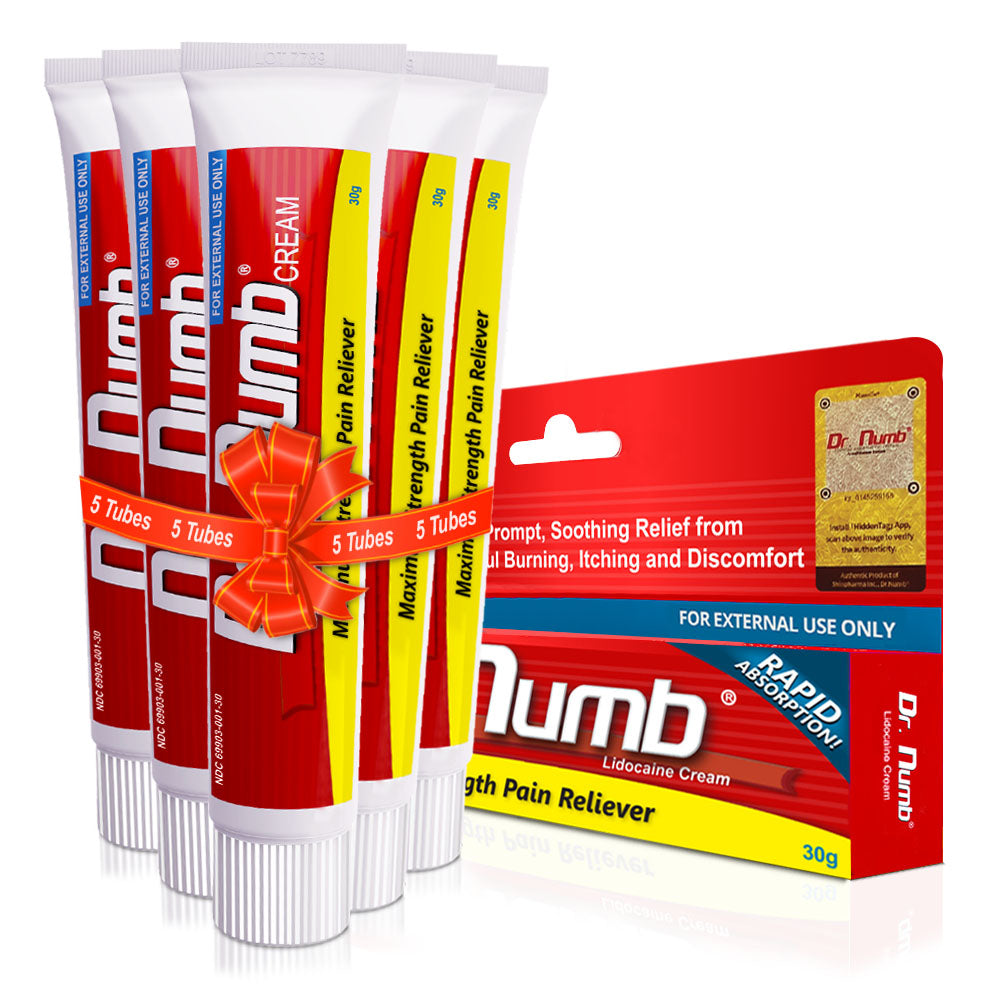
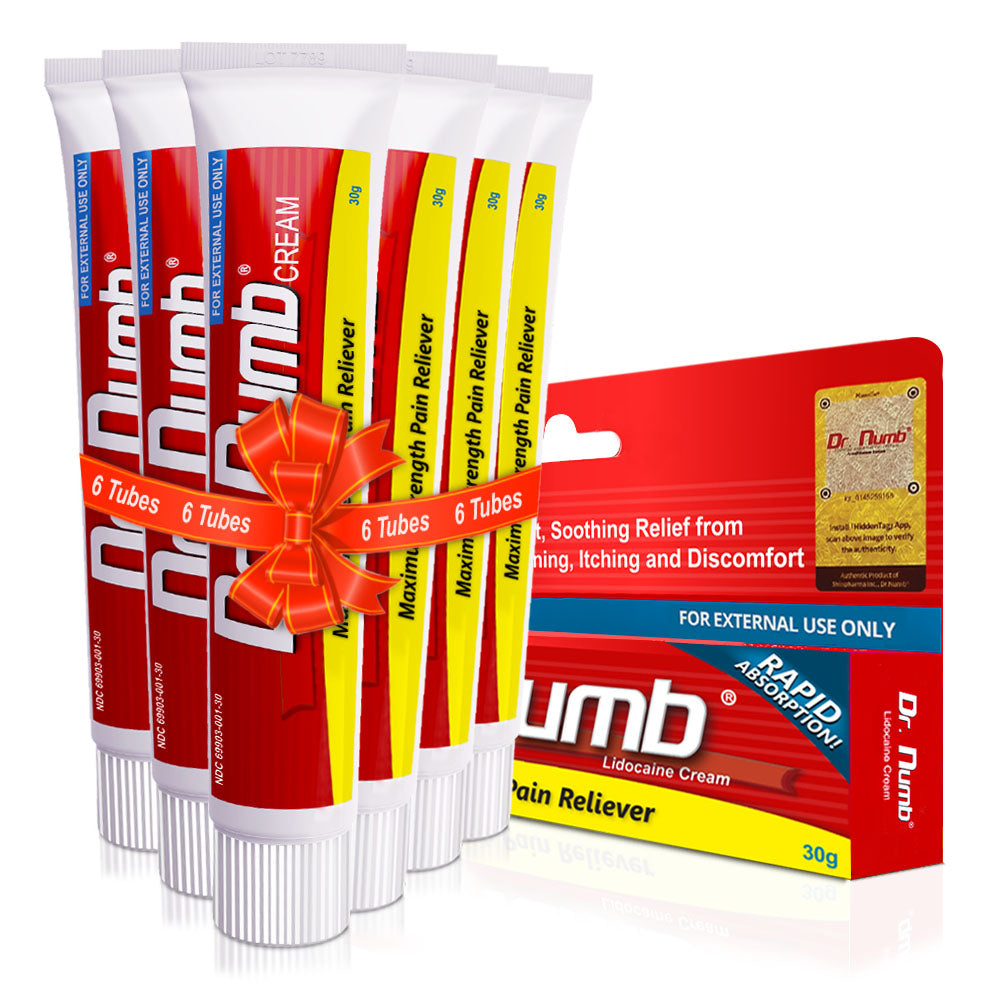
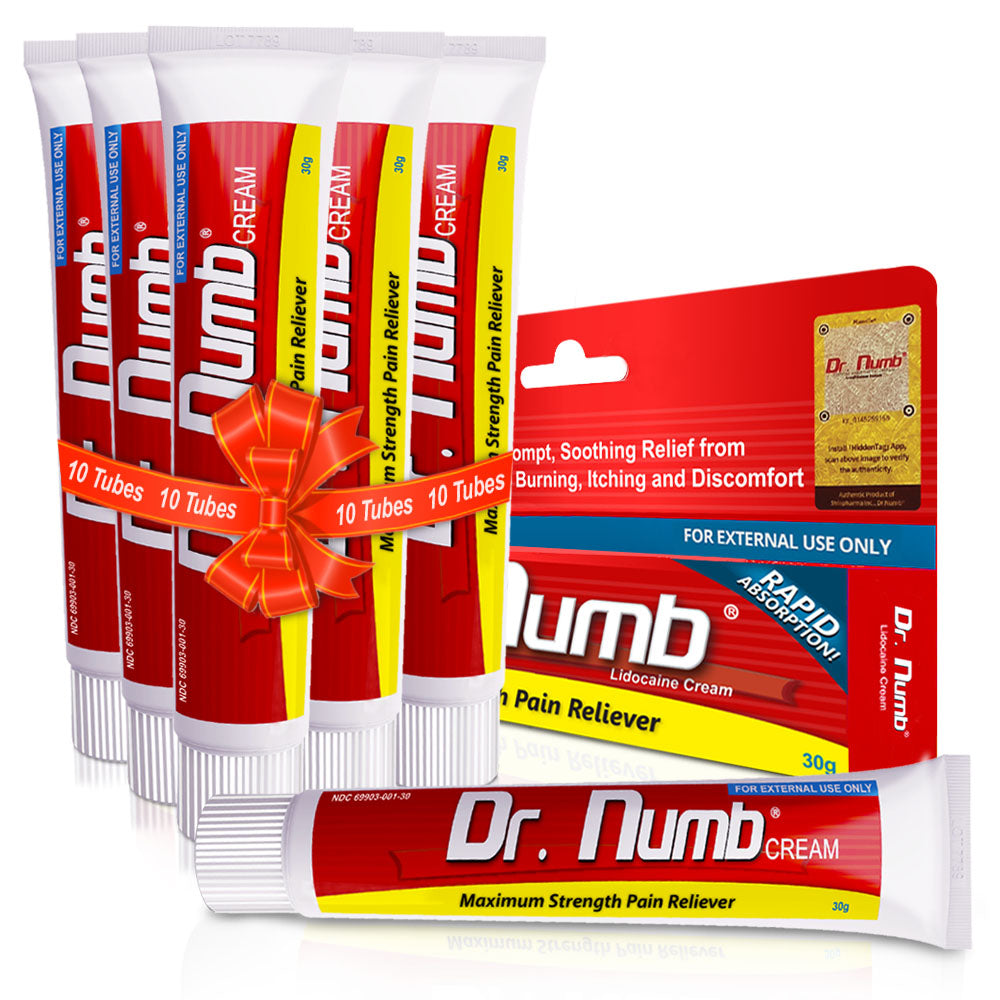
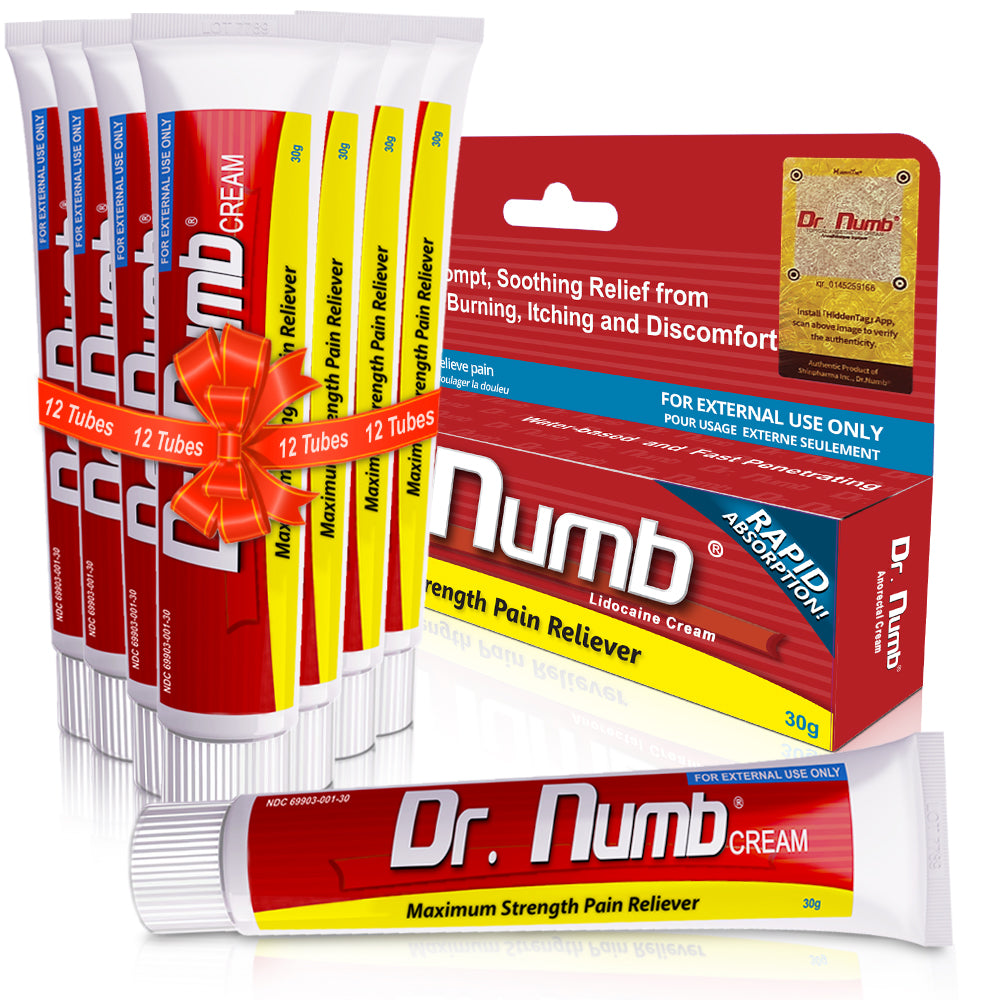





![The Recovery Time and Stages of Nipple Piercings [Best Practices]](http://drnumb.com/cdn/shop/articles/How_Long_Do_Nipple_Piercings_Take_To_Heal__3_Stages_Explained.jpg?v=1714373243)

